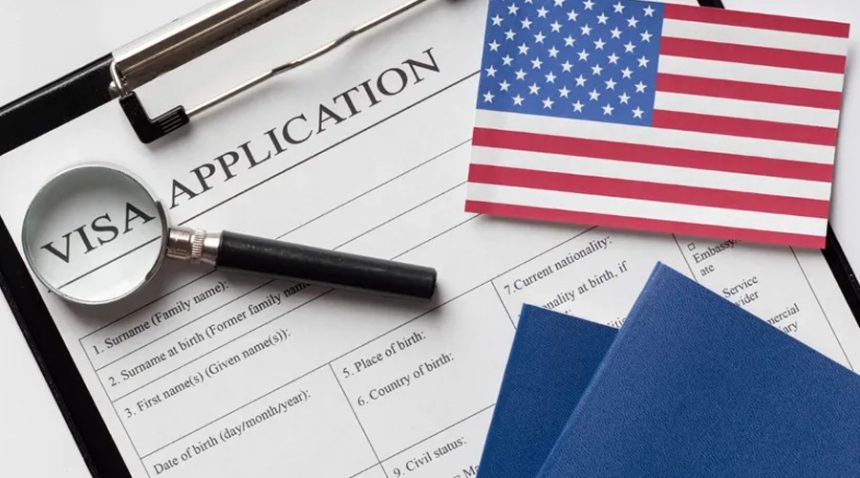The Rise of F-1 Visa Denials: What It Means for Global Students
The United States maintains its highest student visa application rejection rate since 2013 at 41% for the 2023–24 fiscal year. The higher number of F-1 visa rejections for U.S. education access has generated worries among potential students and education experts. An analysis conducted by The Indian Express shows the visa rejection numbers increased to 2.79 lakh out of 6.79 lakh applications since the 36% rejection rate in the previous year.
Rising Denial Rates Amidst Strong International Demand
The 2023–24 fiscal year, the U.S. received nearly 680,000 F-1 visa applications. Of those, 41% were rejected, marking the highest denial rate since 2014. Despite robust demand for U.S. higher education, the country remains the top destination for international students. However, the rising rejection rate starkly contrasts with the growing number of students applying to study in the U.S.
While the U.S. State Department has not disclosed country-specific rejection data, it is evident that some nations, particularly India, have been significantly impacted. The number of student visas issued to Indian nationals fell by 38% in the first nine months of 2024 compared to the same period in 2023. This decrease has been a key concern for both students and education advocates, especially as India emerged as the largest source of international students in the U.S. in 2023–24.
International Student Trends and U.S. Visa Policies
Despite the increase in rejections, the overall number of new international students enrolling in U.S. institutions for the first time remained strong. In 2023–24, 298,705 new students enrolled, matching pre-pandemic levels. However, with the rise in visa denials and ongoing scrutiny of the F-1 visa program, prospective students may face more challenges as they navigate the application process.
Meanwhile, Canada’s decision to cap study permits in 2024, reducing the number by 35%, has shifted some international students’ attention back to the U.S. While the U.S. also faces increased visa scrutiny, its higher education sector continues to attract a significant share of the global student population. The country’s student visa policies remain a critical point of discussion as both the demand for international education and the scrutiny of visa applications continue to evolve.
The U.S. Department of State processing all visa applications follows case-by-case evaluation procedures that stay in compliance with federal law requirements. The department introduced updated visa processing methods in 2019 to generate improved results according to their new calculations. Immigration attorney Jessica M. Vaughan joins numerous experts who advocate reviewing student visa application policies because of increasing student overstay incidents in the U.S.






